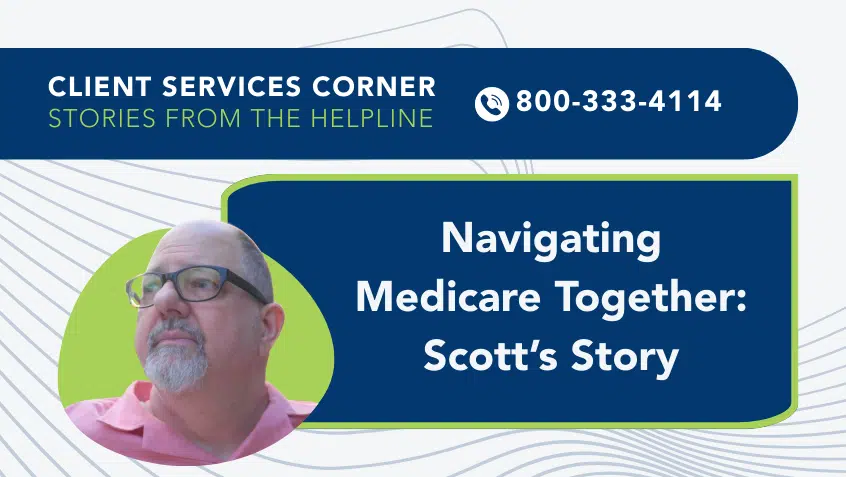Join Us Live for a Discussion on Medicare, Democracy, and the Future of Health Care
Health Care Costs Disproportionately Burden People with Medicare

Many of Medicare’s 65 million enrollees can struggle to pay for coverage and care. The program’s benefit design and lack of financial protections leave beneficiaries exposed to high premiums and cost-sharing and on the hook for the full cost of services that Medicare does not cover, such as comprehensive dental, vision, and hearing care, as well as long-term services and supports.
A new KFF analysis examines the financial burden of these and other health care costs on people with Medicare, both as a dollar amount and as a percentage of their total spending. Key findings include:
- Health care spending burdens are twice as large among Medicare households than non-Medicare households. In 2021, Medicare households spent an average of $6,557 on health care, accounting for 15% of their total spending ($44,686), while non-Medicare households spent $4,598, or 7% of total household spending ($67,769).
- Non-health-related spending is more aligned. Housing is the largest expense for Medicare and non-Medicare households, totaling 37% and 33% of spending, respectively. Both households also spend similar shares on food (15%) and transportation (13% in Medicare households vs. 17% in non-Medicare households).
- In one out of every three Medicare households, health care accounts for 20% or more of total spending, compared to 1 in 14 non-Medicare households. Three out of four Medicare households spend at least 10% percent on health-related expenses, while only one in four non-Medicare households do so.
Medicare beneficiary health care costs are likely even greater and more disproportionate than the report suggests. This is in part due to its reliance on expenditure information from 2021, when utilization and spending rates were unusually low due to the pandemic. Additionally, the underlying data does not capture the typically high cost of long-term care facilities. KFF notes this exclusion “is more likely to affect the spending burden estimates for Medicare households than non-Medicare households since spending on long-term care facilities is a significant share of average out-of-pocket health care costs for people with Medicare.”
Health care affordability challenges can have significant consequences. Beneficiaries may be forced to go without needed treatments—leading to worse outcomes and quality of life. The cost to Medicare is also extreme, as beneficiaries who forgo care and experience declining health as a result may require more expensive interventions later, like emergency department or inpatient care.
The Inflation Reduction Act takes important, initial steps to lower beneficiary and Medicare costs. Provisions now or soon in effect will expand eligibility for the full Part D Low Income Subsidy, redesign Part D to eliminate the coverage gap and enrollee coinsurance in the catastrophic phase, cap annual spending on Part D drugs, limit Part B and Part D insulin costs, and make additional vaccines available at no charge.
The Medicare Rights Center urges policymakers to build on these reforms to further strengthen program and beneficiary well-being. This includes making financial assistance more available, limiting out-of-pocket costs for all enrollees, filling harmful gaps in coverage, and improving Medicare Advantage payment accuracy and accountability. Such changes will help ensure all people with Medicare can access and afford high-quality care.
Read the KFF report, Medicare Households Spend More on Health Care Than Other Households.
Show Comments
We welcome thoughtful, respectful discussion on our website. To maintain a safe and constructive environment, comments that include profanity or violent, threatening language will be hidden. We may ban commentors who repeatedly cross these guidelines.
Help Us Protect & Strengthen Medicare
Donate today and make a lasting impact
More than 67 million people rely on Medicare—but many still face barriers to the care they need. With your support, we provide free, unbiased help to people navigating Medicare and work across the country with federal and state advocates to protect Medicare’s future and address the needs of those it serves.
The Latest
Most Read
Add Medicare to Your Inbox
Sign up to receive Medicare news, policy developments, and other useful updates from the Medicare Rights.
View this profile on InstagramMedicare Rights Center (@medicarerights) • Instagram photos and videos









